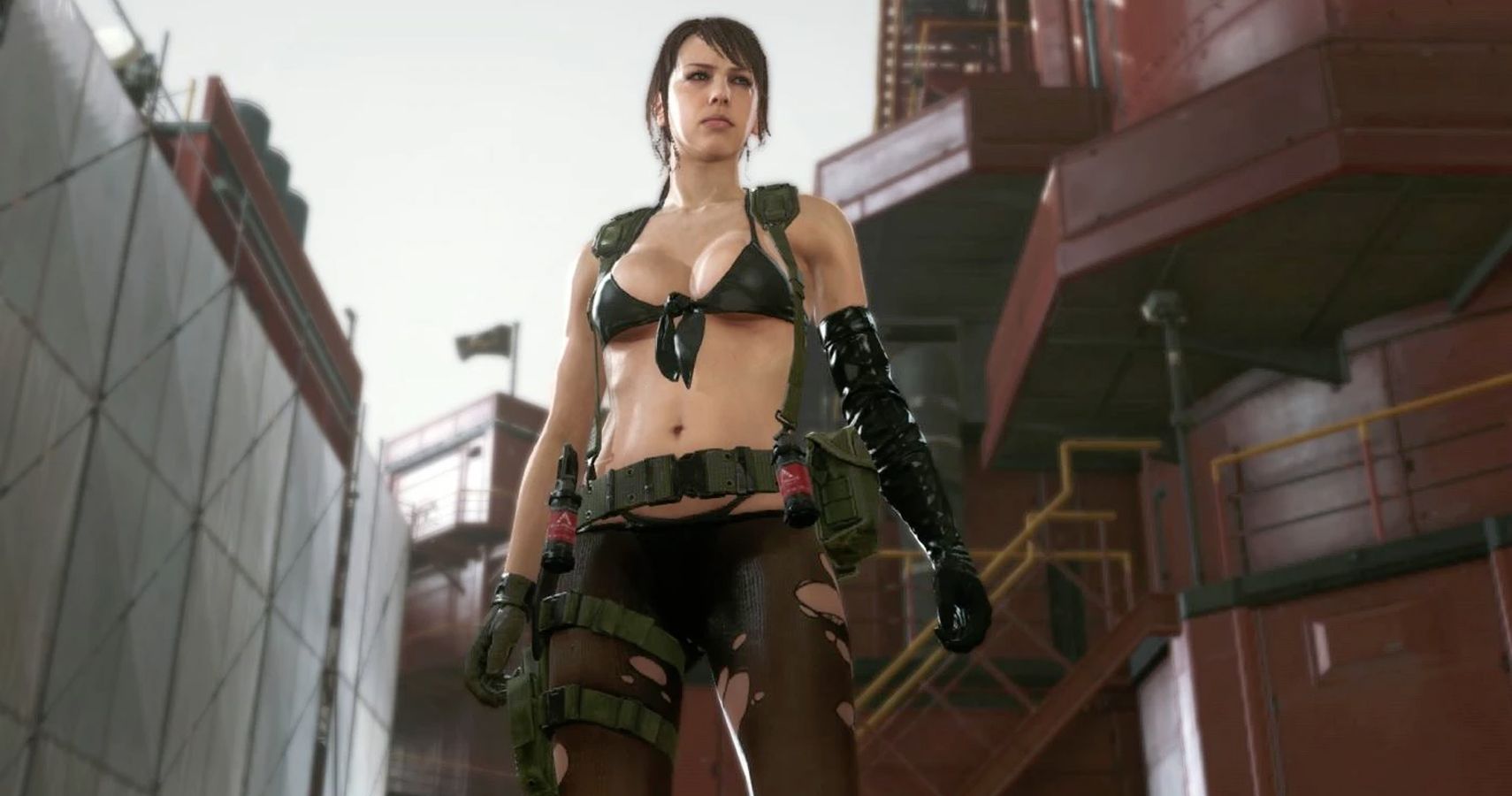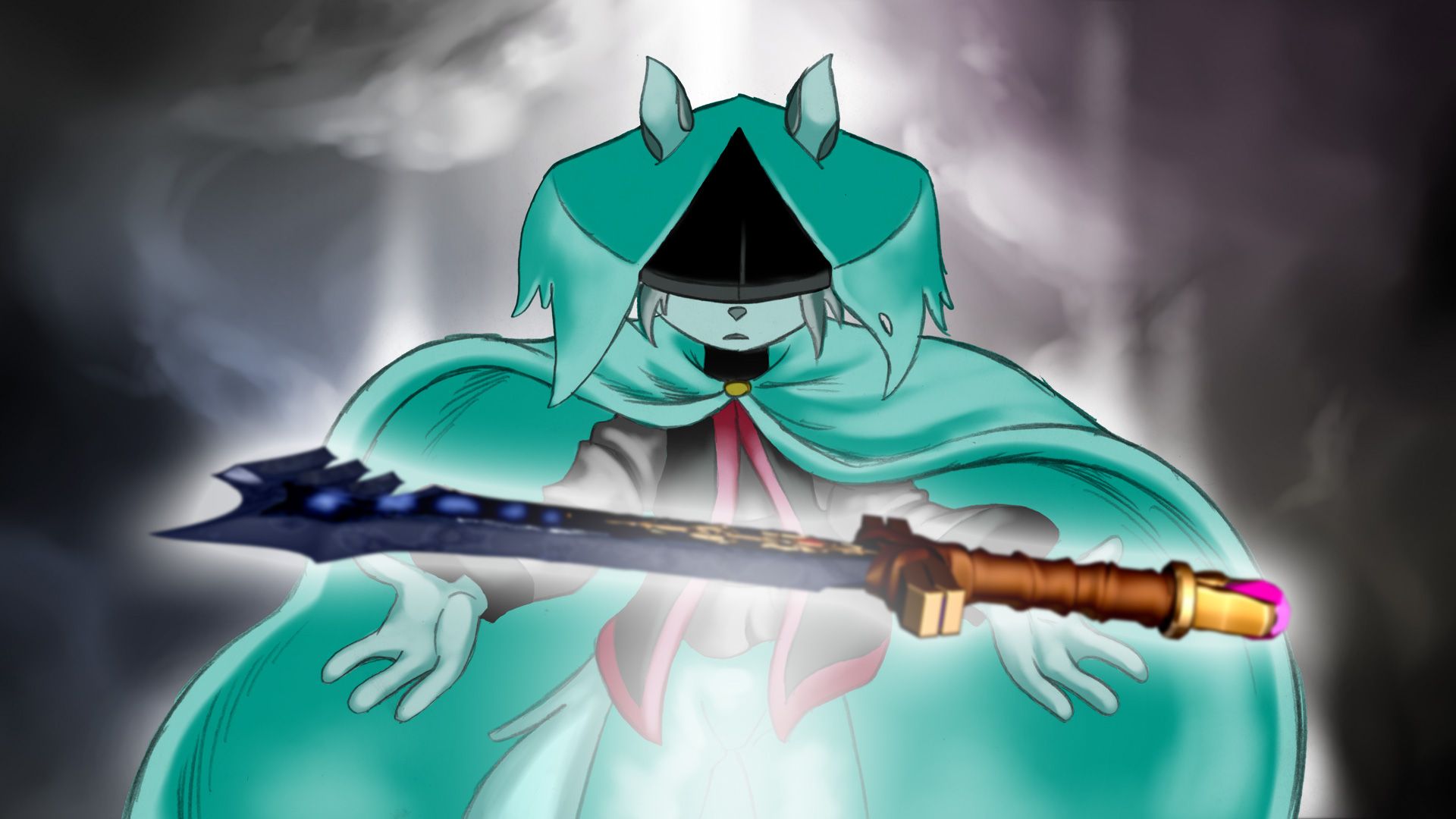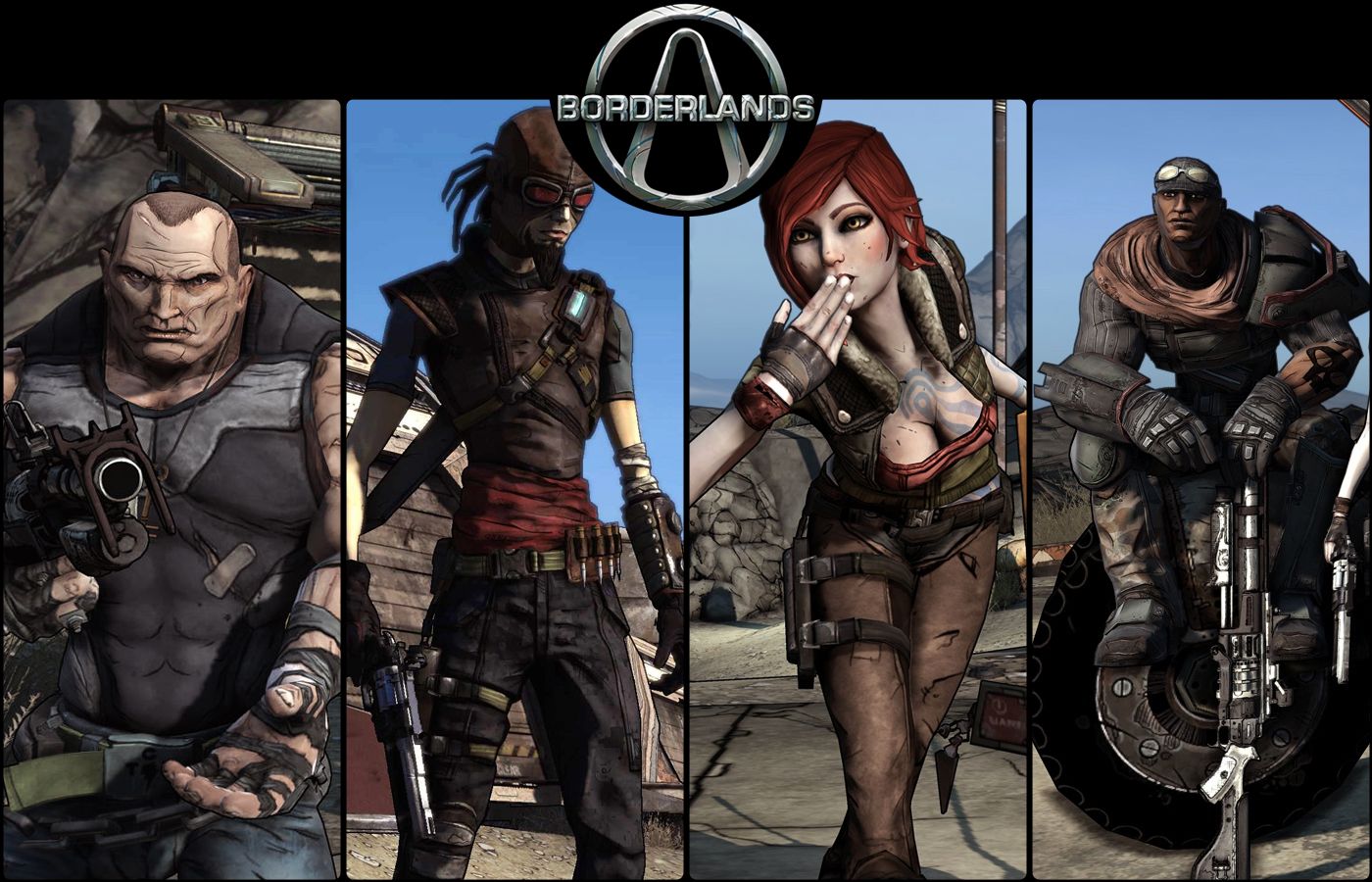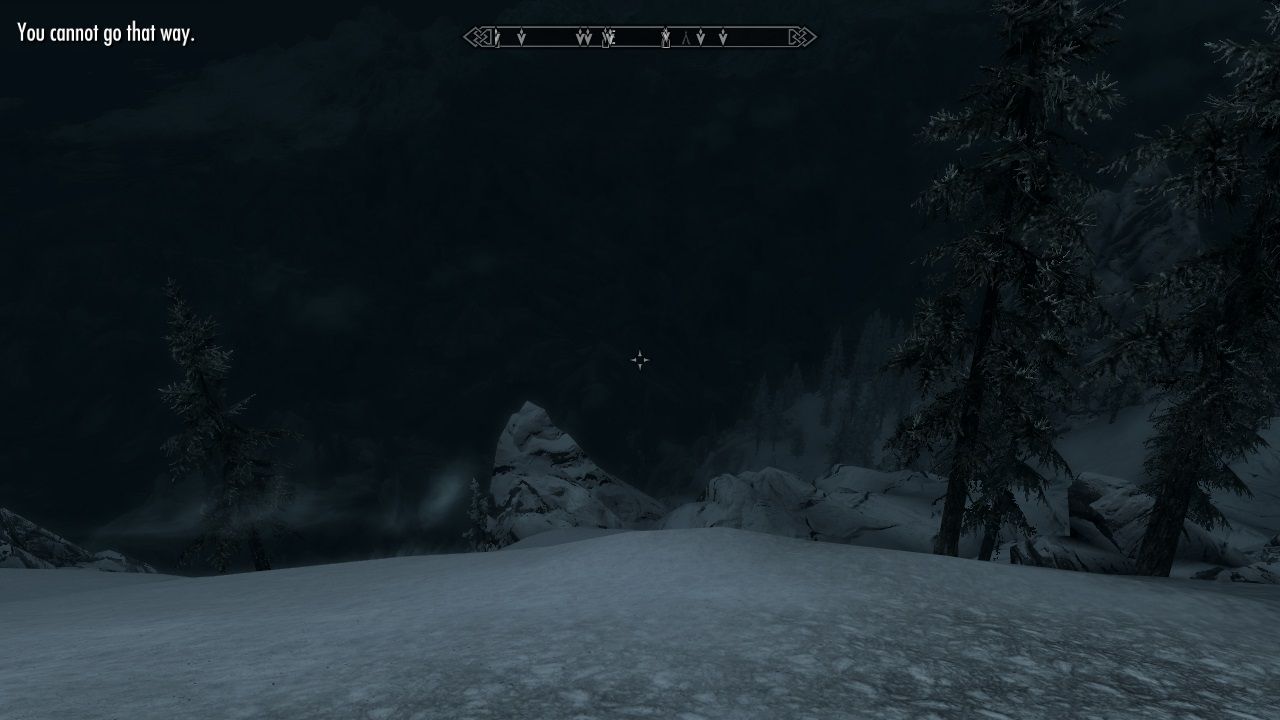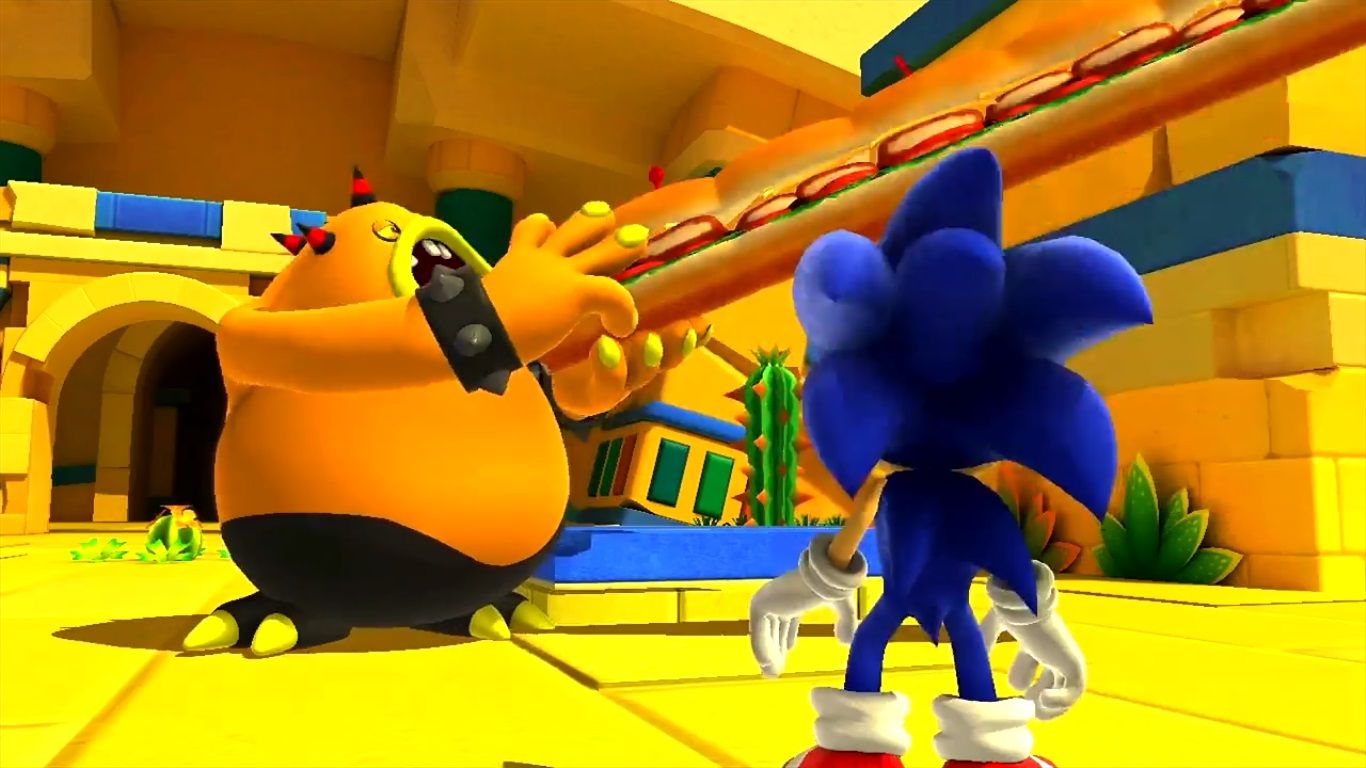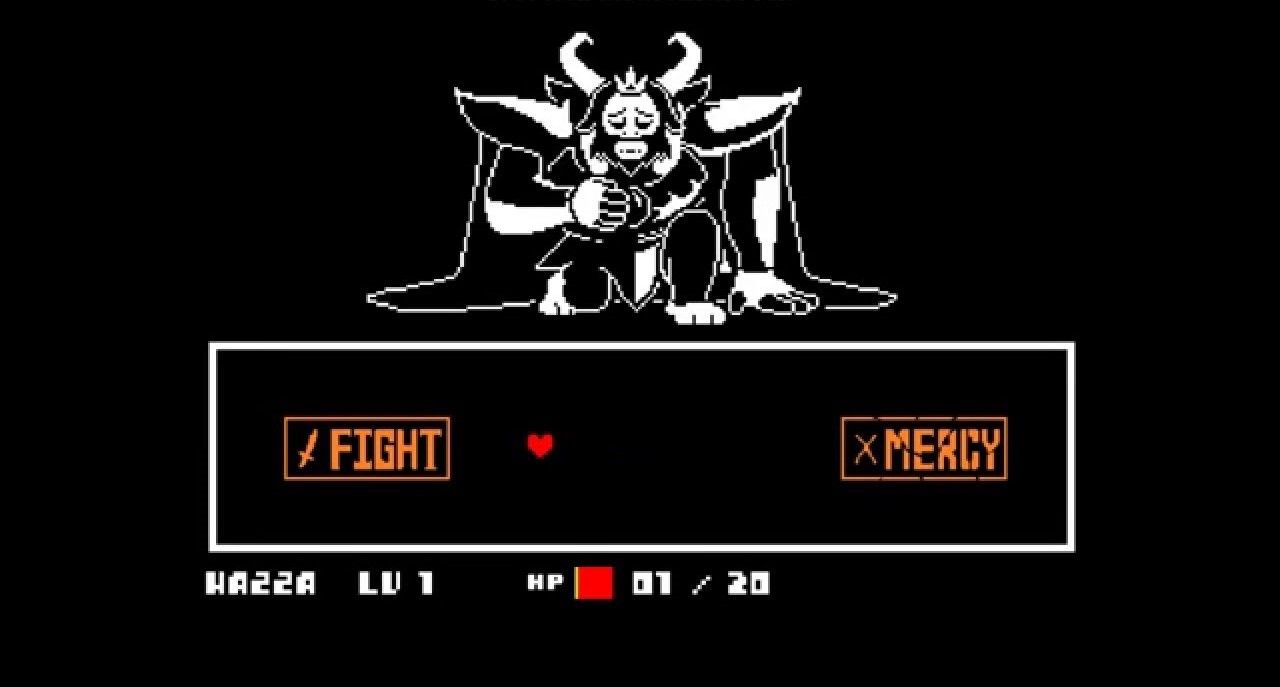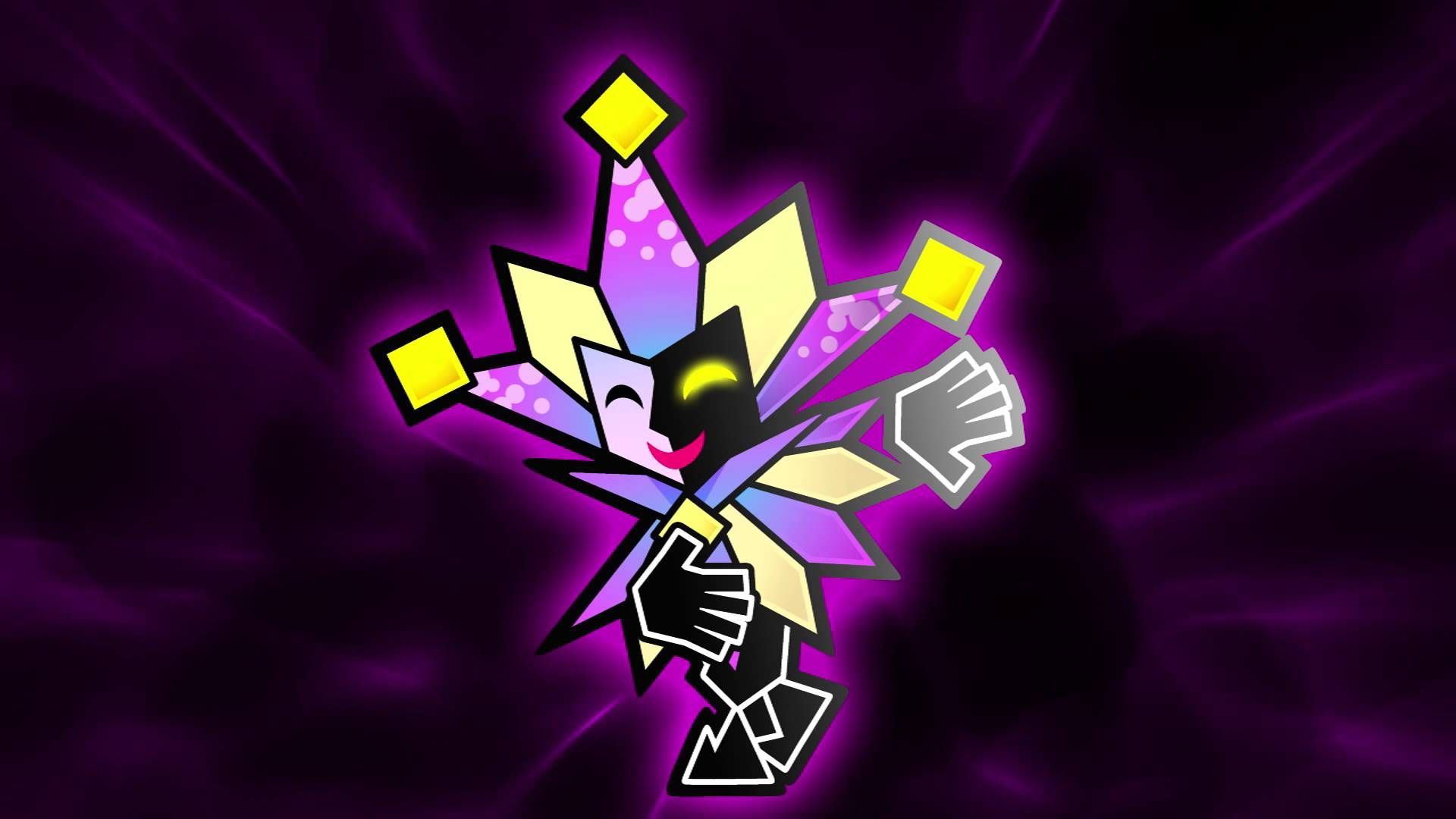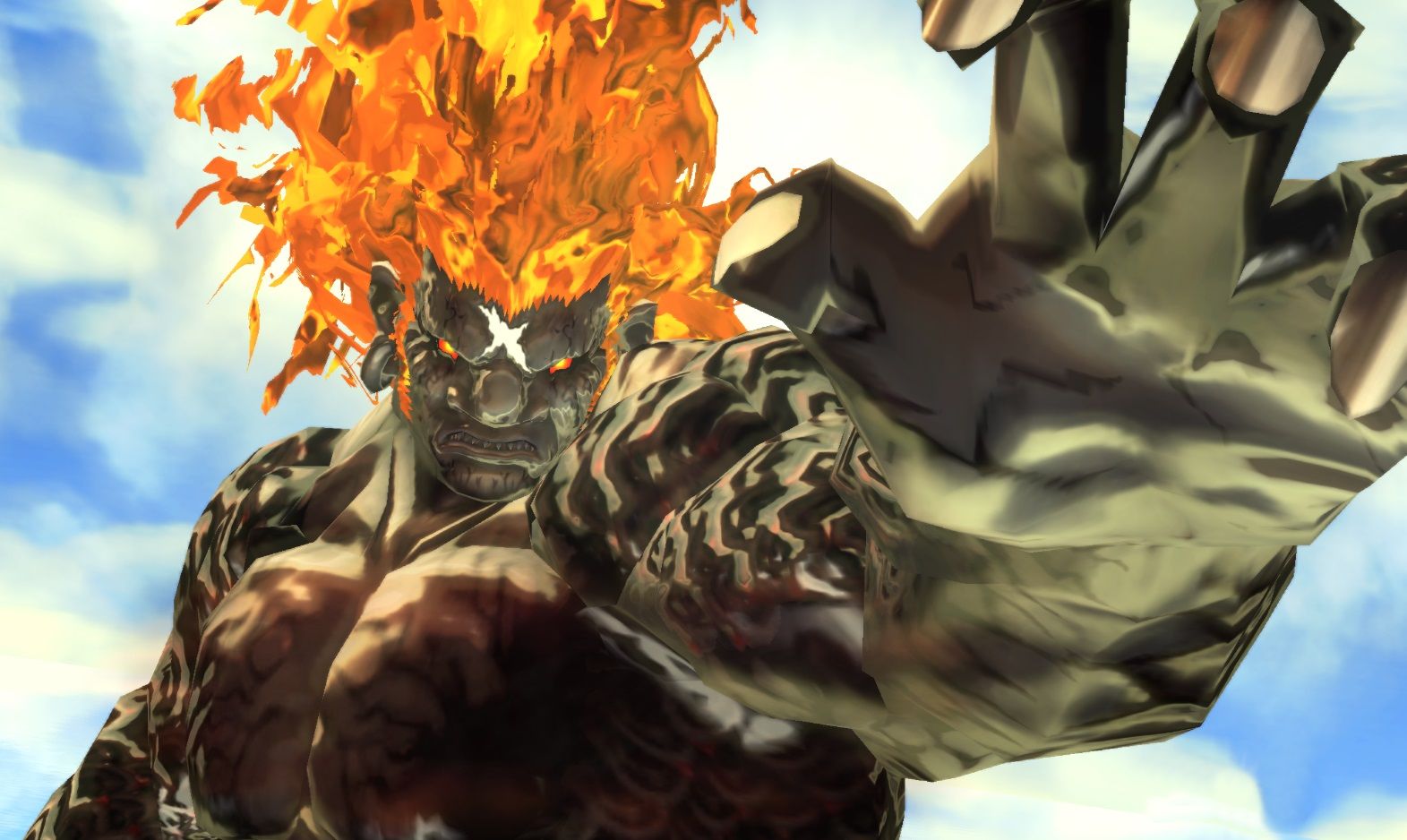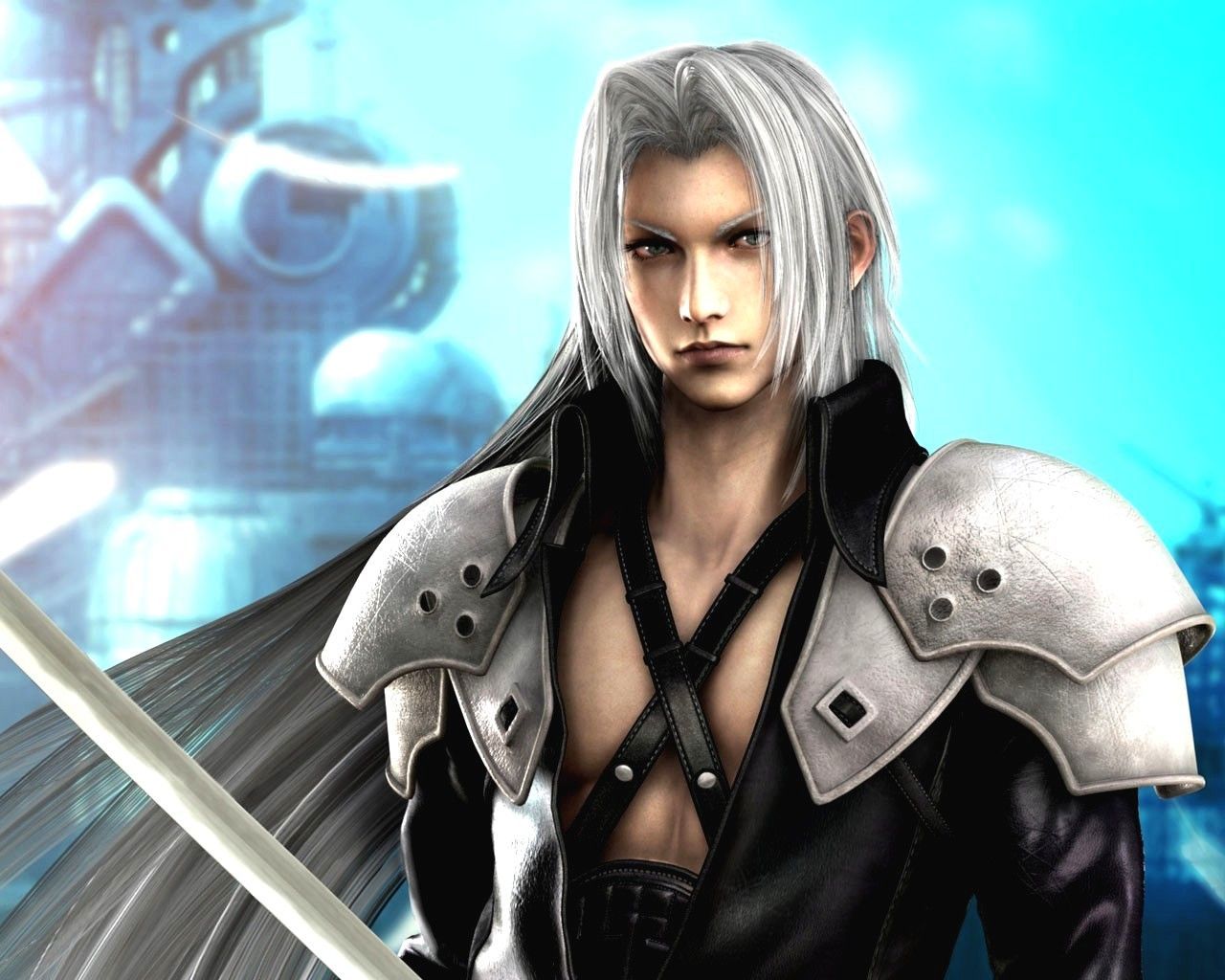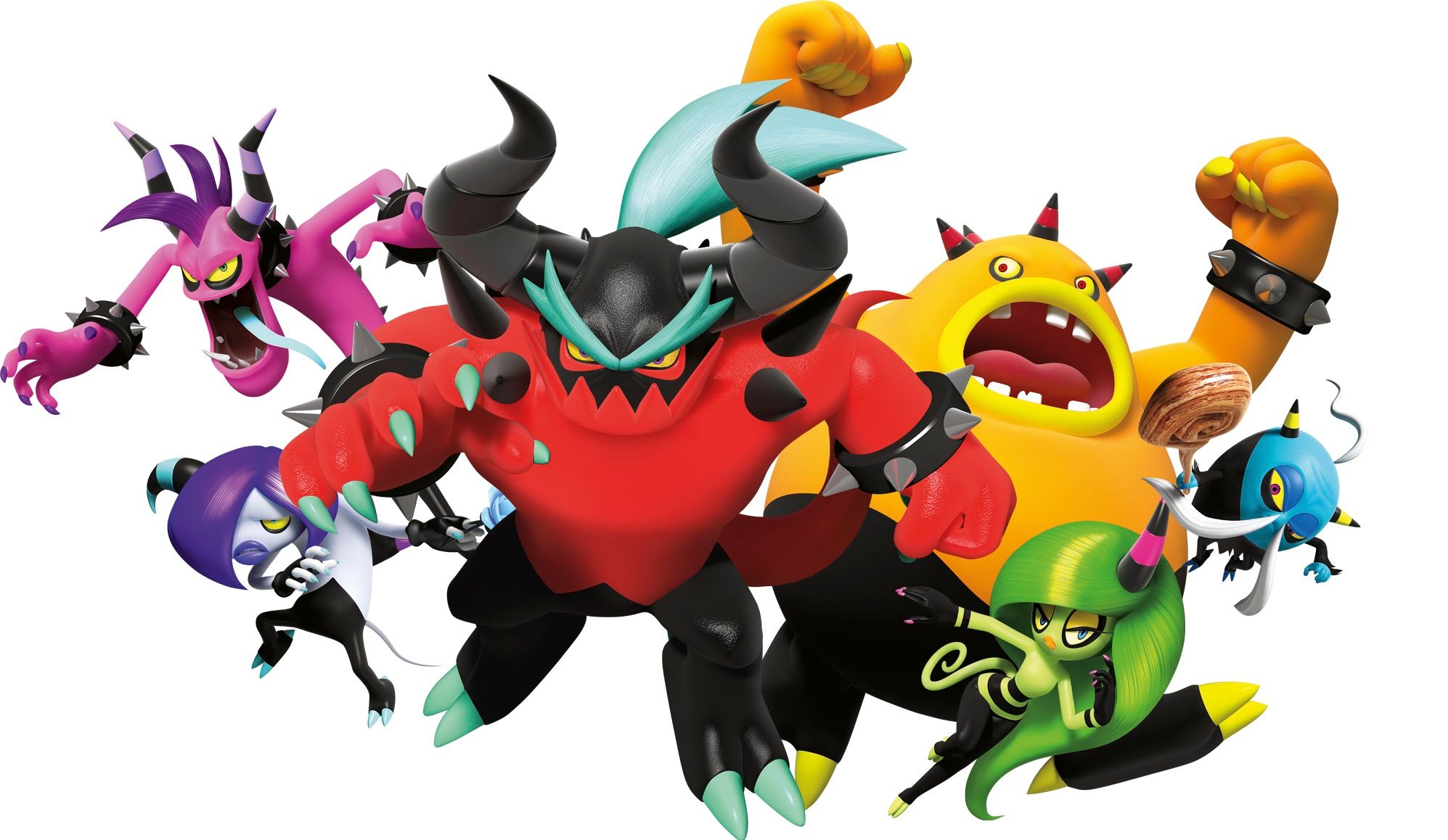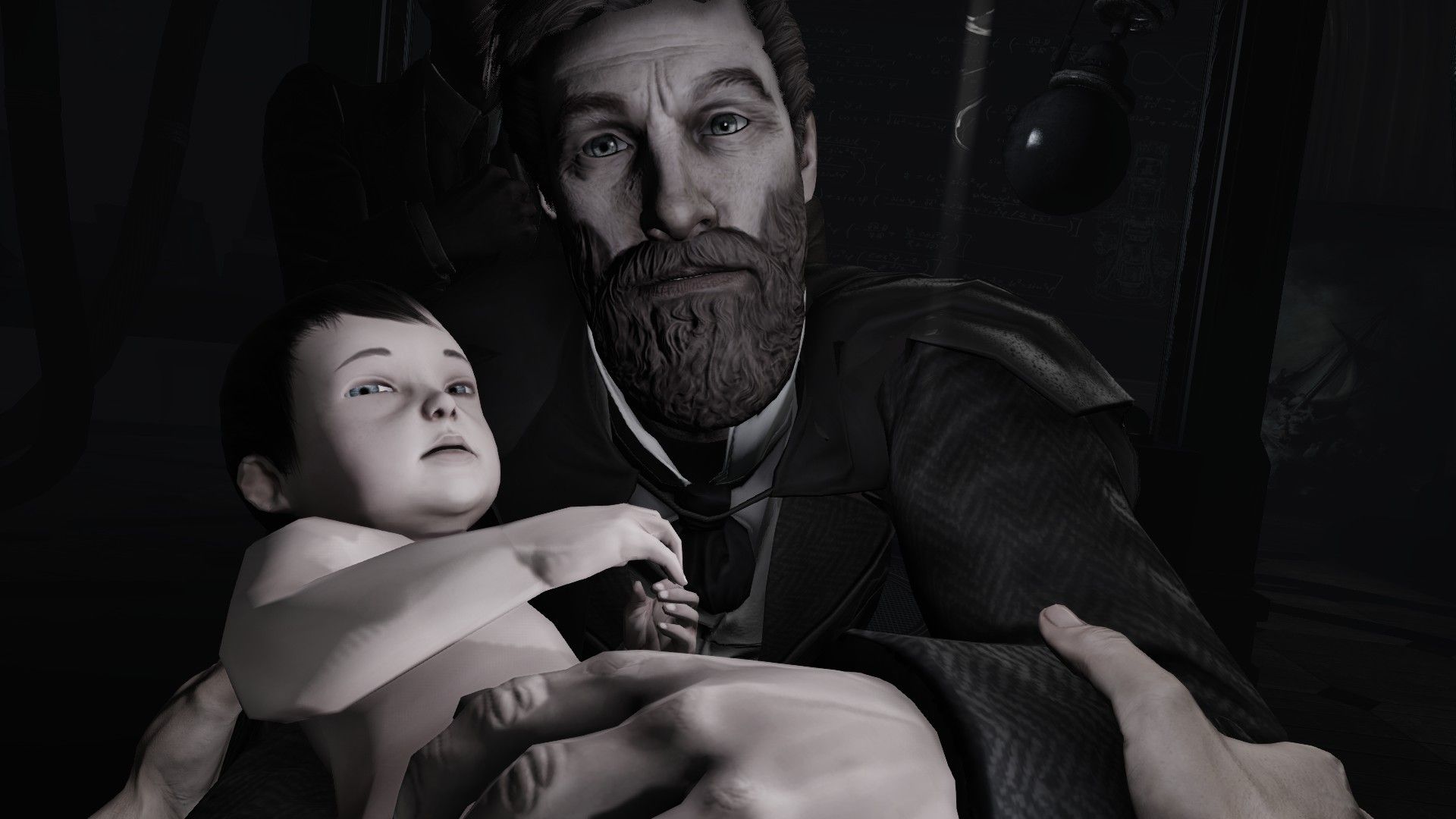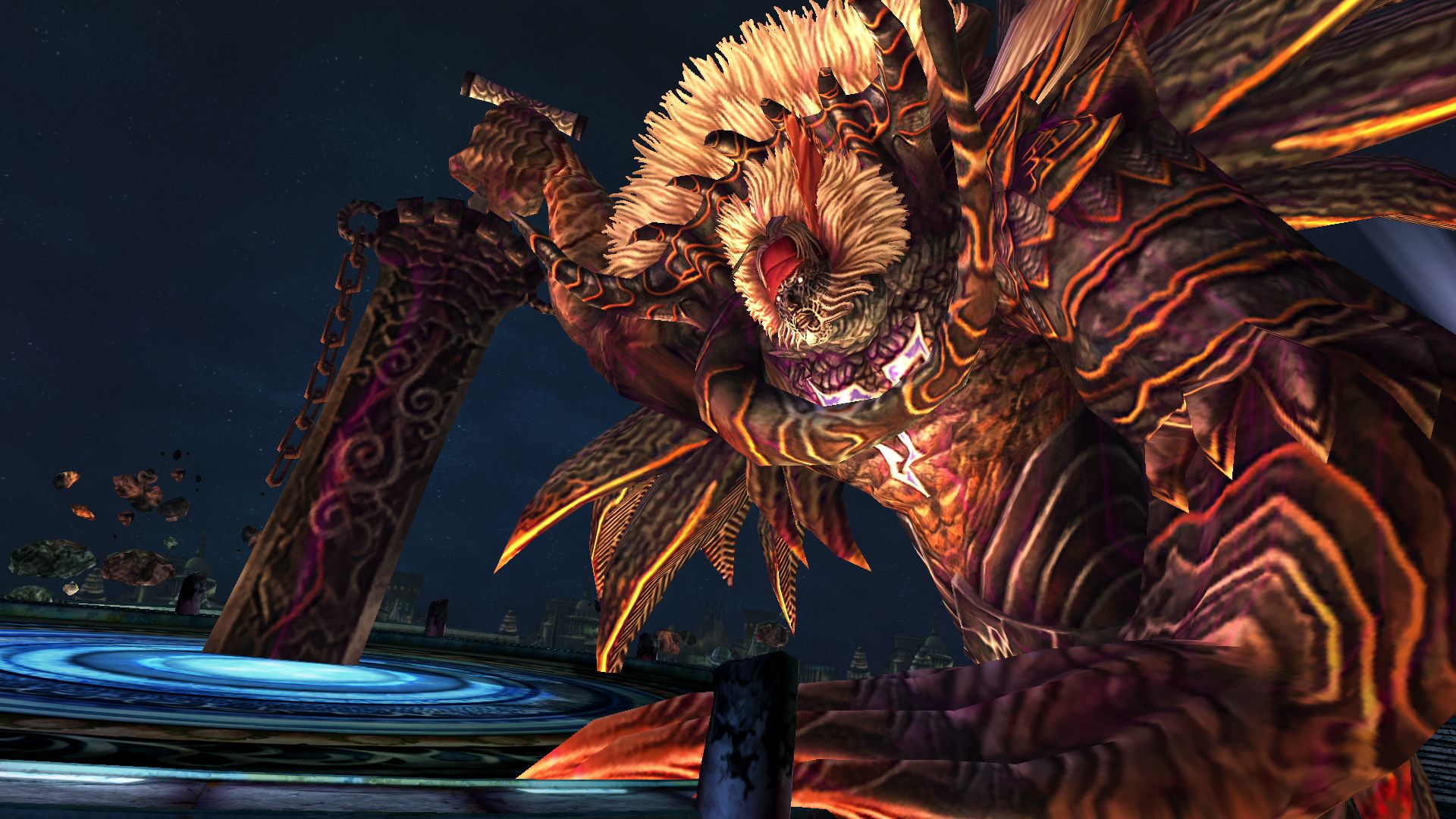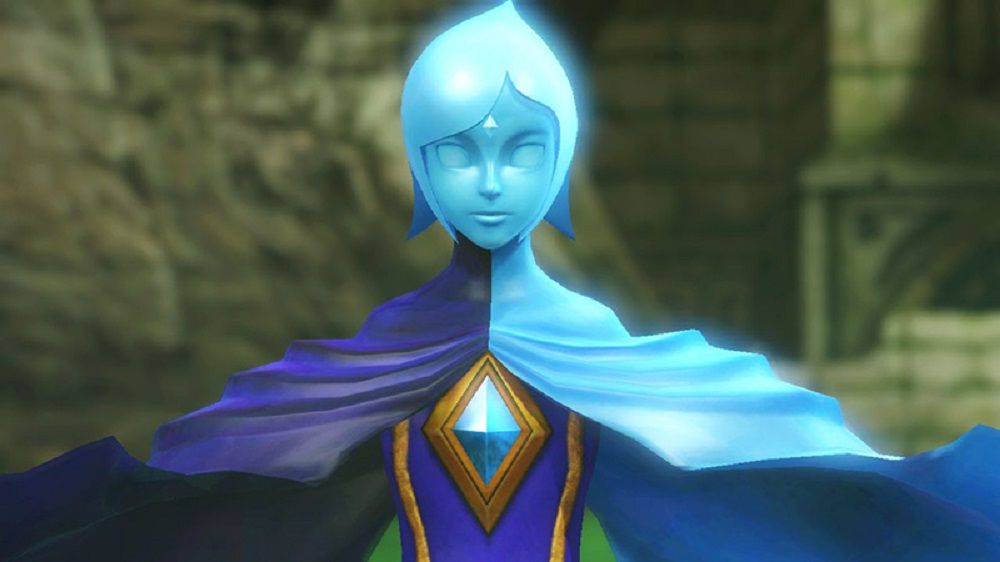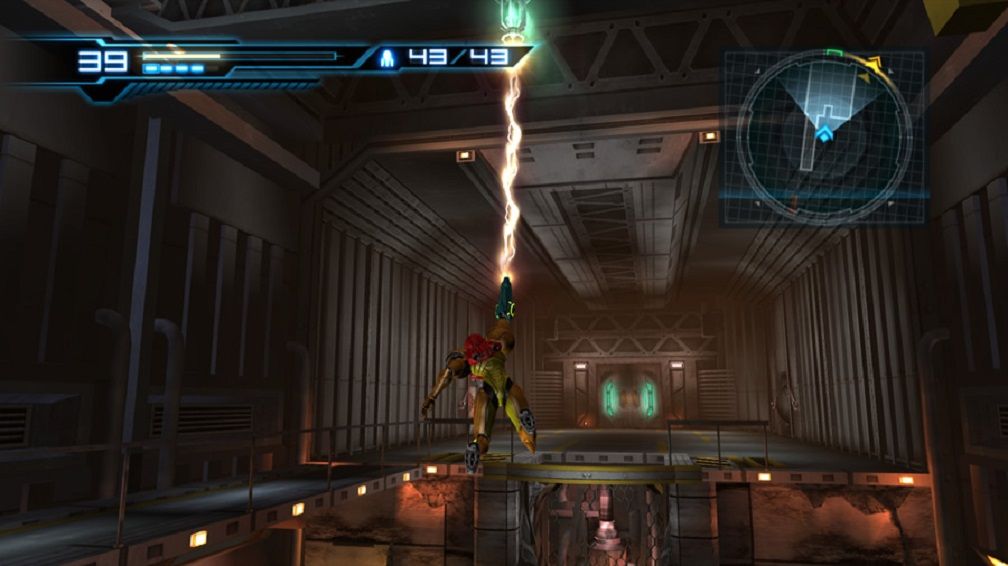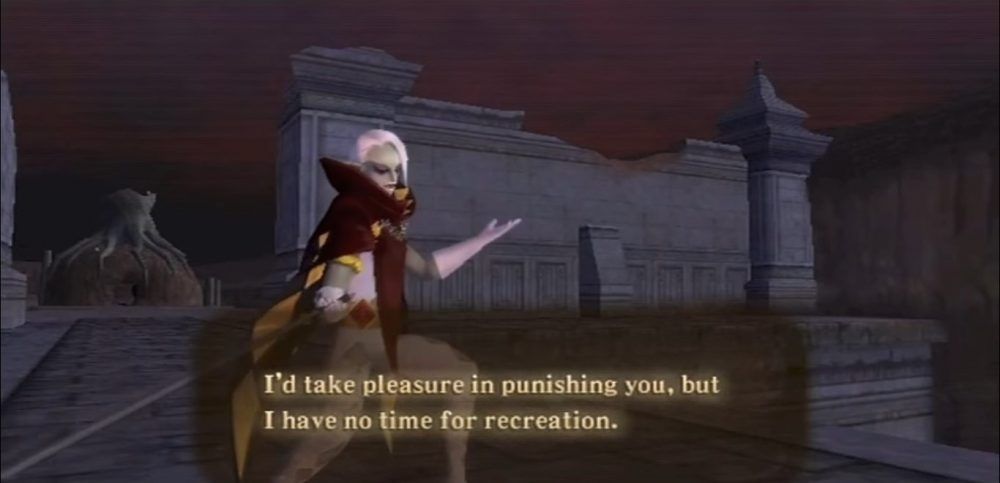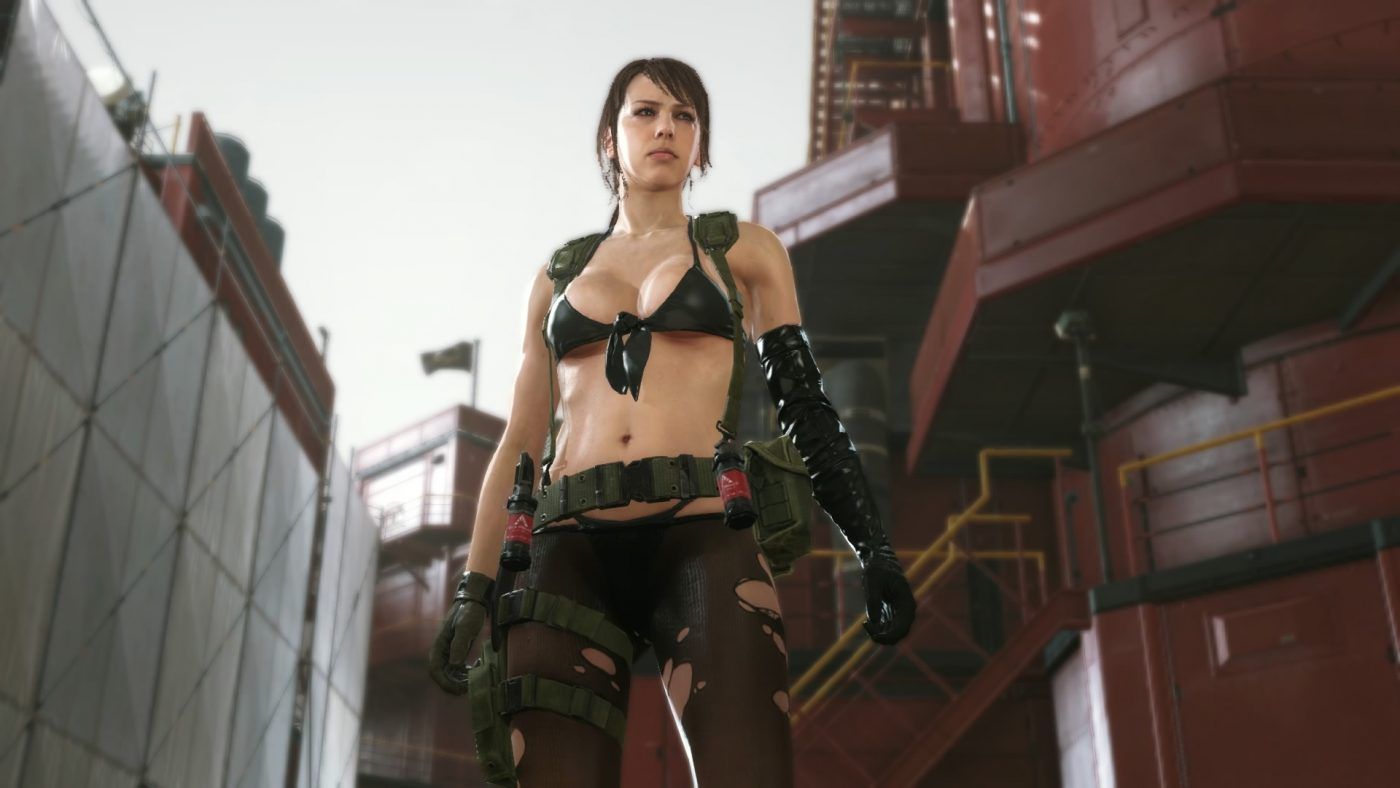Some tropes never get old, but a lot of characters, mechanics, and stories die from overuse and changing social standards. All media develop over time; video games in particular have changed throughout the 21st century thanks to their recent origins and growing popularity. With both critics and the public giving more attention to games, companies have had to remove unsatisfying tropes in order to please their growing audience.
The tropes on this list were either applauded or tolerated during the 2000s but are unacceptable in today’s society. For some of these tropes, criticism has always existed but has only now expanded enough to challenge companies’ decisions. Other tropes initially worked well but have been used so often that they are too unoriginal to entertain today’s players.
Whether they stem from poor mechanics or poor writing, these tropes incorporate lazy, manipulative, and offensive game design. Some tropes on this list uncreatively exploit players, utilizing mechanics and marketing approaches that no company should ever consider. Others use stereotypes and inadequate attempts at diversity instead of building believable worlds, creating terrible stories and characters.
While these tropes thrived in the past, they no longer conform to present standards. Older games using these tropes are heavily criticized when played today, while newer games are condemned for using these tropes. Of all the tropes used in the 2000s, here’s 15 that are no longer acceptable.
WARNING: Spoilers do lie ahead!!
15 Amnesic Protagonist
Amnesia can produce some interesting stories, but amnesic protagonists become irritating really quickly. Constantly questioning the world and themselves, amnesic protagonists spend far too much time obsessing over their identity.
While players accepted amnesia during the 1990s and 2000s in games like Final Fantasy VI and Amnesia: The Dark Descent, the trope’s been used too often to please today’s gamers. The amnesic heroes of Dust: An Elysian Tail and Super Paper Mario are more annoying than relatable. Shadow the Hedgehog was an interesting character when introduced in 2001, but his repeating amnesia has made many players hate him.
Amnesia seems like a good mechanic to creators, for amnesic protagonists know as little about the world as new players. If they aren’t silent protagonists, however, these characters are vastly inferior to protagonists connected to the game’s world.
14 Teams With Only One Female Member
Teams made up of a single gender are entertaining, but teams with only one member of the opposite gender often repress that one character. In video games, most teams that fall under this category are male teams with only one female. The female almost always acts as the love interest of the primary protagonist, turning women into an objectified stereotype. The Sonic Adventure games fully incorporate this trope: Amy spends her first missions chasing Sonic in Sonic Adventure, whereas other team members save the world. Rouge is introduced in Sonic Adventure 2 and, despite her wonderful, non-sexual interactions with her own team, acts as the love interest of her rival, Knuckles.
Fortunately, games are increasingly escaping this trope. The Borderlands games illustrate the changing attitudes toward teams with only one female member. Borderlands and Borderlands 2 each have four playable characters with only one female: Lilith functions as Roland’s love interest, while in the next game Maya is not an object of romance. Two of the four playable characters in Borderlands: The Pre-Sequel are female, giving both genders the attention and diversity they deserve.
13 Invisible Boundaries
While some games brilliantly limit characters exploration through natural boundaries, walls, or sharks that murder you if you swim too far into the sea, other games abandon creativity for invisible boundaries.
Bethesda and Ubisoft infamously utilize invisible walls. The Elder Scrolls and Fallout franchises simply say “you cannot go that way.” If you enter a restricted area in the Assassin’s Creed games, you will vanish and reappear outside that area. Instead of making impassable walls, mountains, gates, or enemies, these games trick players into thinking the game’s world is bigger than it actually is.
Almost all games need boundaries, but no game should sacrifice immersion for invisible walls. Players tolerated these lazy limitations in early games by Bethesda and Ubisoft, but the trope is currently overused and more annoying than ever before.
12 Fat Characters Who Just Eat Everything
Stereotypes always harm games and this trope is one of the most common stereotypes in the gaming world. When games incorporate fat characters, those characters are almost always obsessed with food. Characters like the Blob from Lego Marvel Super Heroes, Zomom from Sonic Lost World, and Heff T. from Paper Mario: The Thousand-Year Door focus entirely on eating—Zomom even wants to eat Sonic. These games ignore other factors of fatness and mock obese people, only implementing fat characters in order to make jokes about obesity.
Some recent games are learning from the mistaken stereotypes of the 2000s: Ellie from Borderlands 2 avoids stereotypes and acts like a realistic obese person, while Mirania from The Last Story is a lean character who constantly eats.
11 "Choices" With Only One Option
Linear games and choice-based games have their ups and downs, but linear games that only offer the illusion of choice are completely unacceptable. Games should never present a choice and promptly remove it: this disrupts immersion and will make you feel like you’ve been tricked and robbed.
The Last Story and Undertale are great games except when they incorporate this trope. The Last Story presents two options multiple times yet only allows players to choose one; if you choose the other option, the game tells you to reconsider and try again. Most of Undertale allows you to either murder or spare enemies, but if you try to spare Asgore, he will either kill himself or be killed. The stories which develop from these “choices” are great, but these games disappoint players invested in particular choices.
10 Villain Behind The Scenes
This trope is extremely common: the protagonist believes they’re battling the primary antagonist, but their foe is actually the puppet of a greater force. Nintendo adores this trope, using Andross in Star Fox Adventures, Ganondorf in Twilight Princess, and Dimentio in Super Paper Mario to give secondary antagonists extreme power. The inferior characters seem all-powerful until the true antagonist rises. Many villains in this category manipulate secondary antagonists; Ganondorf, for example, promises Zant immortality for Zant’s help, but he abandons Zant once he’s returned to the living world. The trope has been used far too often to satisfy players and it often prevents players from fully appreciating villains. Nonetheless, the villain behind the scenes is preferable to the antagonist who only shows up at the end of their game.
9 Antagonist Who Only Shows Up At The End
Andross and Ganondorf not only control secondary antagonists, but also let them do the dirty work, waiting until the end of Star Fox Adventures and Twilight Princess to confront the player. While Demise does not purposefully avoid players in Skyward Sword, the game mistakenly introduces his humanoid form only at the end of the game.
While players endured this trope in the 2000s, most gamers today lose interest when discovering the true villain at the end of the game. These villains function as final bosses rather than characters. They may be epic, but they lack the developing personalities that make great villains. Because these antagonists have been absent for the majority of the game, they are impossible to connect with and are far less impactful than final bosses you have come to love and fear.
8 Removing Transgender Pronouns In Translation
While several Japanese games have included transgender pronouns and characters, English versions of these games have removed transgender references. In the Japanese version of Paper Mario: The Thousand-Year Door, characters refer to Vivian as a male while Vivian refers to herself as a female; in the English translation, Vivian is exclusively female. The antagonist of Final Fantasy VII, Sephiroth, initially refers to himself with a masculine pronoun and later with a gender-neutral pronoun in the original game. In the English edition, Sephiroth solely uses masculine pronouns.
Purposefully mistranslating games is always a problem. Thanks to the international market for video games, most players desire accurate adaptations. Now that increased media allows more gamers to recognize mistranslations, the choice to remove gender options during translation is completely unacceptable.
7 Teams Of One-Dimensional Stereotypes
Teams with members who embody individual stereotypes can sometimes work well, but they are often disastrous. The Deadly Six in Sonic Lost World, as well as the Pixls in Super Paper Mario, are uninteresting and painful to watch.
These teams are so common in films and games that they feel unimaginative and humorless nowadays. Although one-dimensional stereotypes allow team members to be very distinct from one another, games can easily build a diverse team through three-dimensional characters. Such characters are usually funnier and more relatable than one-dimensional teams. Players know this and can no longer tolerate the lazy writing that produces characters based around a single characteristic.
With prequels that have more complicated and entertaining characters, Sonic and Paper Mario are suffering by relying on teams of one-dimensional stereotypes.
6 Protagonist Is Actually The Villain
BioShock Infinite is the game that ultimately ruined this trope. The protagonist, Booker—who has been battling Zachary Comstock throughout the game—discovers at the end of BioShock Infinite that he is the past version of Comstock. After being baptized, Booker renames himself Zachary Comstock. Thanks to interdimensional time travel, Booker prevents his descent into villainy by killing himself. The plot twist makes absolutely no sense, for Booker would be able to recognize his future self.
While games can successfully transform protagonists into villains, protagonists who actually have been villains throughout the game are disappointing. This trope barely worked in 2000s games, such as Amnesia: Justine. Now that BioShock Infinite has terribly implemented it, the trope is looked down upon by many players.
5 Abnormally Difficult Bosses
Games with experience points work well if they strengthen players at the proper rate. If games introduce abnormally difficult bosses, they make you waste countless hours grinding for experience points. Many games with this trope use quests and battles to level up players, forcing you to explore the game even if you don’t want to. Instead of manipulating you into spending more time within their games, creators should allow you to play storylines at your own rate.
The Final Fantasy games are notorious for requiring battles with absurdly challenging bosses. Final Fantasy X, X-2, XIII, and even live-action spin-offs like Crystal Chronicles require you to abandon the main storyline and gain experience until you are strong enough to defeat high-level bosses.
4 Required Tutorials And Tips
Even though they’re essential to most games, tutorials annoy many gamers. For individuals who have already played a game or who don’t need help, tutorials are a boring waste of time. To avoid this trope, games either insert instructions during regular gameplay or allow players to skip tutorials.
The games that still require lengthy tutorials are paying the price. Navi and Fi—two companions in The Legend of Zelda franchise who explain controls, enemies, puzzles, and settings—are some of the most hated characters in the gaming community. Because Navi and Fi make annoying sounds until you listen to their instructions, players must either endure Zelda’s painful tutorials or mute the game. Any tutorial that breaks immersion should always be optional and easy to avoid.
3 Unavailable Areas And Abilities (Because An NPC Said So)
To build realistic but dynamic worlds, many games provide new abilities and weapons so players may unlock new areas. This is extremely satisfying—it empowers players and rewards you for solving puzzles you couldn’t previously solve. Some games use NPCs' authority to open areas instead of letting the players unlock those areas, which is not only annoying but extremely disappointing. Skyward Sword expands its map only when the Goddess permits it; instead of accessing the world through achievement and exploration, players simply travel wherever the Goddess commands. Metroid: Other M is even worse: Samus has all her weapons at the start of the game, but she may only use them when her commanding officer allows her to use them. Zelda and Metroid originally gave players authority, but their recent games show why omnipotent NPCs—who choose what players can and can’t do—ruin video games.
2 Villains Who Don't Have Time For You
Introducing final bosses before the end of the game is a challenging task. In order to establish the extreme power of antagonists, creators must either prevent battles with protagonists or have antagonists leave in the middle of a battle. The worst solution to this problem is a villain who claims they don’t have time to deal with you. Rather than creating an authentic storyline in which protagonists evade antagonists, games make villains so annoyingly arrogant that they fail to recognize you as a threat.
The Legend of Zelda franchise has increasingly utilized this trope. Ghirahim harms Skyward Sword by constantly battling you, yet stating he has more important things to do than battle you. Since Ghirahim and most antagonists aren’t cowardly, this trope is unrealistic and painful to witness.
1 Women Dressed Scantily For A "Reason"
Dressing women with few clothes to please male players is already outrageous and heavily criticized. What’s even more ridiculous is when creators try to cover up their sexist marketing approach with a narrative excuse.
Many female characters have been given tights or minimal clothing under the excuse that this makes them more agile and thus more powerful. Miranda Lawson, Zero Suit Samus, and the women of Soul Calibur all suffer from this trope. These women truly are agile, but their revealing outfits have nothing to do with their skills. Male characters with the same abilities wear armor and extensive clothing.
The most recent and unacceptable version of this trope appeared in Metal Gear Solid V: The Phantom Pain. Players were already enraged at Quiet’s minimal outfit for visual reasons, but when the game released and claimed Quiet breathes through her skin and thus needs to wear as little clothing as possible, the franchise’s reputation plummeted.

